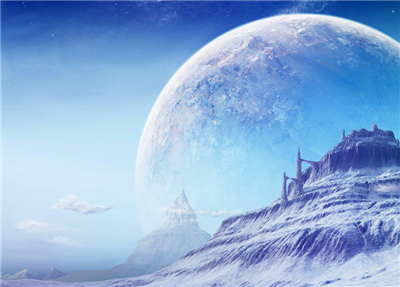The Big Bang theory isn't about the bang itself but about what happened after the bang. Not long after, mind you. By doing a lot of math and watching carefully what goes on in particle accelerators, scientists believe they can look back to 10-43seconds after the moment of creation, when the universe was still so small that you would have needed a microscope to find it. We mustn't swoon over every extraordinary number that comes before us, but it is perhaps worth latching on to one from time to time just to be reminded of their ungraspable and amazing breadth. Thus 10-43is 0.0000000000000000000000000000000000000000001, or one 10 million trillion trillion trillionths of a second.

Most of what we know, or believe we know, about the early moments of the universe is thanks to an idea called inflation theory first propounded in 1979 by a junior particle physicist, then at Stanford, now at MIT, named Alan Guth. He was thirty-two years old and, by his own admission, had never done anything much before. He would probably never have had his great theory except that he happened to attend a lecture on the Big Bang given by none other than Robert Dicke. The lecture inspired Guth to take an interest in cosmology, and in particular in the birth of the universe.












